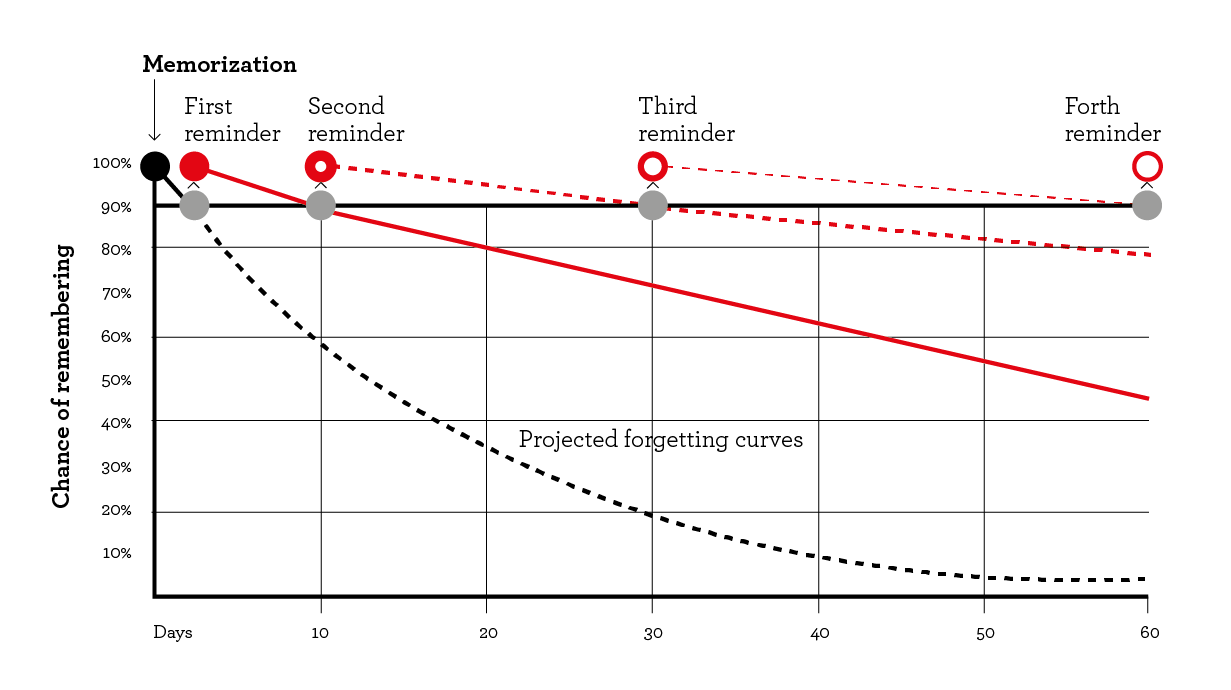How to pass your Security+ exam | Learning material and Study techniques

The Security+ certification is considered one of the best (If not the best) beginner level cybersecurity certification, it is very well known and is usually required/recommended for a lot of jobs (Specially government). This week I presented and passed my exam after 4 months of study; I want to share with you the tools, learning material and study techniques I used to get the certification so it may help you pass the exam too.
Note: I presented the SY0-601 version of the certification. By this date, CompTIA has released the SY0-701 version but most of the resources listed here probably have their version for the SY0-701.
Learning material
Exam Objectives
Before starting studying for the certification, it is important to see what you are going to study; it may sound obvious, but usually when learning something new, we start consuming the content before really understanding what we are going to know after learning it, how the topics have relationships between them, the basics needed to understand that content and how it is going to help you to learn more complex topics in the future. Maybe to figure out these things, you actually need to learn the content; but in my opinion, trying to do it before, will help you to learn it faster and understand it better.
CompTIA has the Security+ SY0-601 Exam Objectvies that you can use to see all the content of the certification and with that, try and do the things that I mentioned. You can also use that pdf as a checkmark while you study the topics. It also has the acronym's list.
Course
To actually learn the content, I used the Security+ course from ItProTV. I chose this platform because it has virtual labs and a practice test which helps you a lot to practice what you learnt but there are others and even free courses available that I will mention in a moment.
Book
I also used the CompTIA Security+ All-in-one exam guide e-book which you can find on Amazon. This is a 600+ pages book, and it covers all the exam content at a very detailed level; what I didn't liked about it, was that it didn't have many images, it is almost only text, so if you don't like reading too much, maybe this is no the best resource for you.
Practice exam
After studying all the content, I recommend to test yourself that you can recall it, and the best way to do it is by doing practice exams. The ones I used was from Professor Messer; Professor Messer offers a lot of resources for the exam, in my case, I only used the practice exams. Doing these practice exams will let you know which topics you may need to study again, try doing these and take the practice exams until you get a good score and it will give you a significant advantage as you will not only improve in your weaknesses but also you'll learn to manage your time on the final exam.
Other resources
As I mentioned, there are a lot of resources online, you can find courses on Udemy, Linkedin Learning and even Youtube but by far the most popular resources for Security+ is Professor Messer; it has labs, notes, audios, videos, practice exams and it is adding more resources to its webpage. If I had to chose again what resources to use, I think I will choose only those from Professor Messer.
Study techniques
Active Learning
The main technique that I used during the exam was Active Learning. Active learning consists of actively studying the content that you want to learn, this means that you write, say or practice what you remember instead of passively reading or watching the content.
To apply this to the certification, what I did was; first I watched the video of the course from ItProTV without taking any notes, I put all my effort to focus only on the video of each topic; sometimes, the topic has more than one video, so I watched all the videos related to that topic. After that, I wrote down everything that I remembered trying to make connections of what I wrote (This was the active learning step). To take the technique further, after writing those notes, I read the chapter of the book related to that topic, again without taking notes, and after that I would go to my notes again, correct the ones that were incorrect and add new things that I remembered.
Flashcards and Spaced Repetition
The other technique that I used was flashcards. Although Active Learning can help you a lot on memorizing concepts, there where ones that were very difficult to remember. In this case it is better to use flashcards and you can take the results further if you add Spaced Repetition. Spaced Repetition consists of trying to remember concepts (or whatever you are trying to remember) and check if you were correct, you do this once in a fixed period of time, but that period of time gets longer every time you remember the concept right. This will help you extend the forgetting curve.

I really don't recommend to use flashcards for all the concepts as you will end up with a ton of them that it will be very difficult to keep with them up, it will be a waste of time.